Choosing the right fabric for clothing is crucial in ensuring both comfort and style. Among the myriad of options available, linen stands out for its unique combination of durability, breathability, and sophistication. This article aims to decode the best type of linen for clothing, offering insights and recommendations to help you make informed decisions. 1. Focus on Flax: The Key Ingredient: Linen is derived from flax, a versatile plant fiber known for its strength and natural luster. Flax is typically cultivated in temperate climates such as Europe and requires skillful harvesting and processing techniques to obtain high-quality linen. When shopping for linen clothing, opt for products made from flax fiber to ensure the best type of linen fabric. 2. Linen Weaving Techniques: Linen fabric is traditionally made using four primary weaving techniques: plain weave, twill weave, satin weave, and loomstate linen.

.
 Each technique offers unique benefits and characteristics: – Plain Weave: The most common and durable weaving technique, plain weave linen boasts breathability and excellent moisture-wicking properties, making it perfect for garments like shirts and summer dresses. – Twill Weave: Twill weave linen has a distinctive diagonal pattern, offering more elasticity and durability than plain weave linen. This fabric is suitable for garments that require more structure, such as tailored dresses and trousers. – Satin Weave: Satin weave linen has a smooth and lustrous surface, making it suitable for luxurious and formal clothing like evening gowns and blazers. – Loomstate Linen: Loomstate linen is known for its authentic, unprocessed look. It is minimally processed to retain its natural texture and is ideal for creating unique and rustic clothing pieces. 3. Thread Count Matters: To determine the quality of linen fabric, pay attention to the thread count. Thread count refers to the number of threads per square inch of fabric.
Each technique offers unique benefits and characteristics: – Plain Weave: The most common and durable weaving technique, plain weave linen boasts breathability and excellent moisture-wicking properties, making it perfect for garments like shirts and summer dresses. – Twill Weave: Twill weave linen has a distinctive diagonal pattern, offering more elasticity and durability than plain weave linen. This fabric is suitable for garments that require more structure, such as tailored dresses and trousers. – Satin Weave: Satin weave linen has a smooth and lustrous surface, making it suitable for luxurious and formal clothing like evening gowns and blazers. – Loomstate Linen: Loomstate linen is known for its authentic, unprocessed look. It is minimally processed to retain its natural texture and is ideal for creating unique and rustic clothing pieces. 3. Thread Count Matters: To determine the quality of linen fabric, pay attention to the thread count. Thread count refers to the number of threads per square inch of fabric.
..
 A higher thread count generally indicates a better quality fabric. For optimum comfort and longevity, consider linen clothing with a thread count of 100 or higher. 4. The Weight Factor: Linen fabric offers a broad range of weights, ranging from lightweight to heavy. The weight of linen affects its draping and versatility: – Lightweight linen is perfect for breathable and comfortable summer clothing like blouses, shirts, and skirts. – Medium-weight linen balances breathability and structure, suitable for dresses, trousers, and jackets. – Heavyweight linen is ideal for winter clothing, providing warmth and insulation, such as coats, sweaters, and blankets. 5. Enhanced Linen: Finishes and Blends: In some cases, linen can be combined with other fibers or undergo various finishes to enhance its properties: – Linen-cotton blends: Combining linen with cotton improves its wrinkle resistance, enhances durability, and offers a softer feel.
A higher thread count generally indicates a better quality fabric. For optimum comfort and longevity, consider linen clothing with a thread count of 100 or higher. 4. The Weight Factor: Linen fabric offers a broad range of weights, ranging from lightweight to heavy. The weight of linen affects its draping and versatility: – Lightweight linen is perfect for breathable and comfortable summer clothing like blouses, shirts, and skirts. – Medium-weight linen balances breathability and structure, suitable for dresses, trousers, and jackets. – Heavyweight linen is ideal for winter clothing, providing warmth and insulation, such as coats, sweaters, and blankets. 5. Enhanced Linen: Finishes and Blends: In some cases, linen can be combined with other fibers or undergo various finishes to enhance its properties: – Linen-cotton blends: Combining linen with cotton improves its wrinkle resistance, enhances durability, and offers a softer feel.
…
 – Linen-silk blends: The addition of silk imparts luxuriousness, smoothness, and added strength to linen fabric. – Linen with finishes such as garment wash or stone wash offers a softer and more relaxed feel, perfect for casual clothing. Conclusion: Linen clothing is a versatile choice for its durability, breathability, and timeless appeal. By understanding the types of linen available, including their weaving techniques, thread count, weight, and blends, one can choose the best type of linen for specific clothing needs. Whether it’s a lightweight linen shirt for summer or a heavy linen coat for winter, linen offers a natural and sustainable option that effortlessly combines style and comfort.
– Linen-silk blends: The addition of silk imparts luxuriousness, smoothness, and added strength to linen fabric. – Linen with finishes such as garment wash or stone wash offers a softer and more relaxed feel, perfect for casual clothing. Conclusion: Linen clothing is a versatile choice for its durability, breathability, and timeless appeal. By understanding the types of linen available, including their weaving techniques, thread count, weight, and blends, one can choose the best type of linen for specific clothing needs. Whether it’s a lightweight linen shirt for summer or a heavy linen coat for winter, linen offers a natural and sustainable option that effortlessly combines style and comfort.

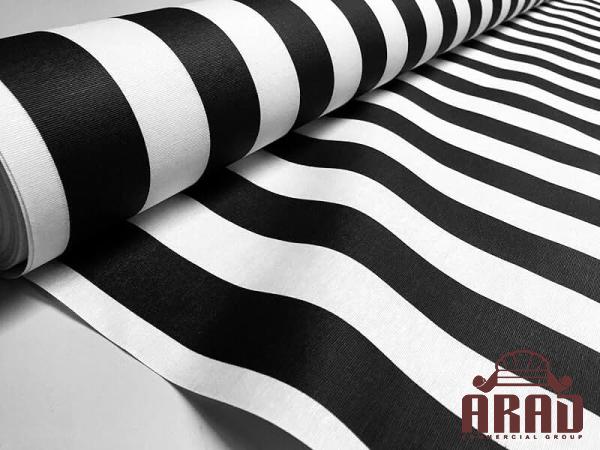
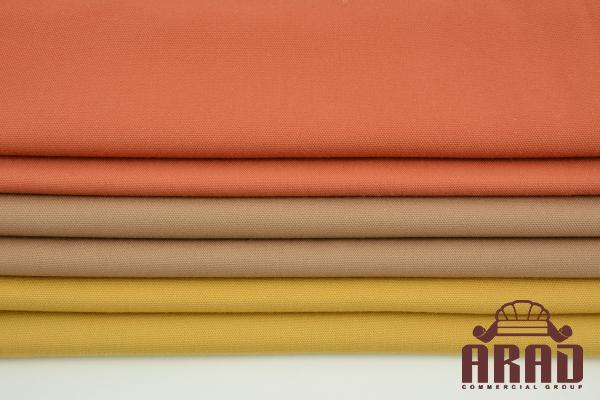
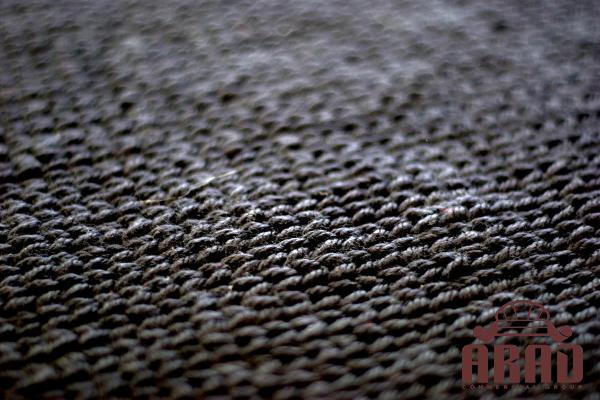
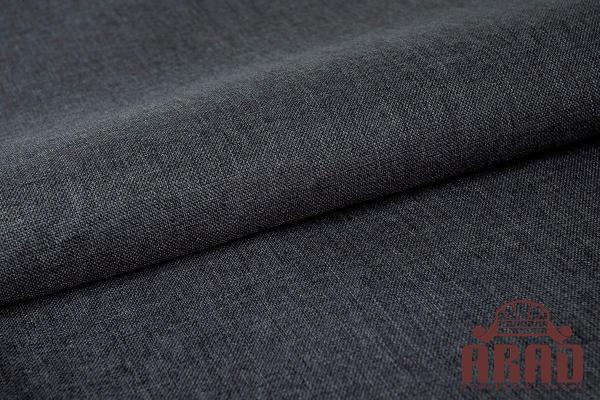

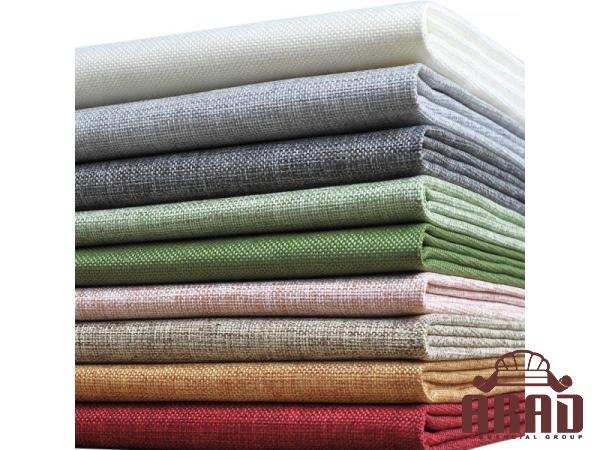
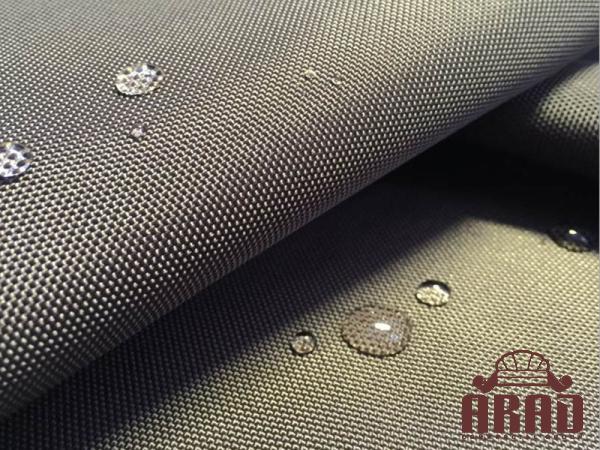
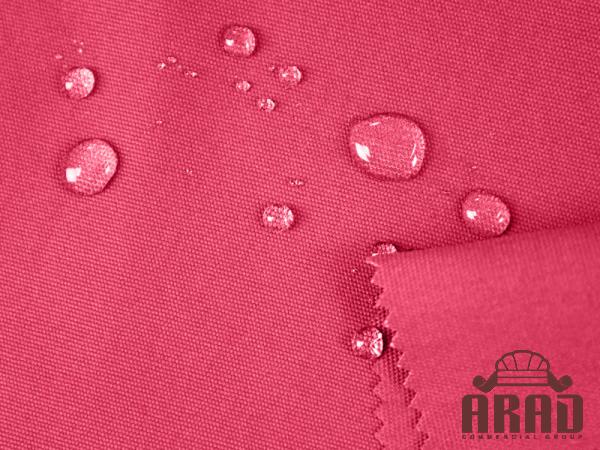
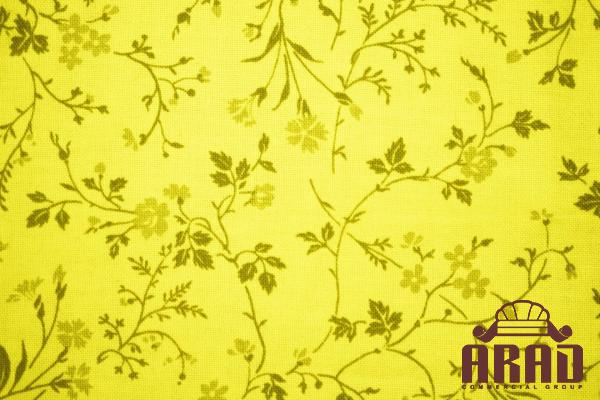
Your comment submitted.